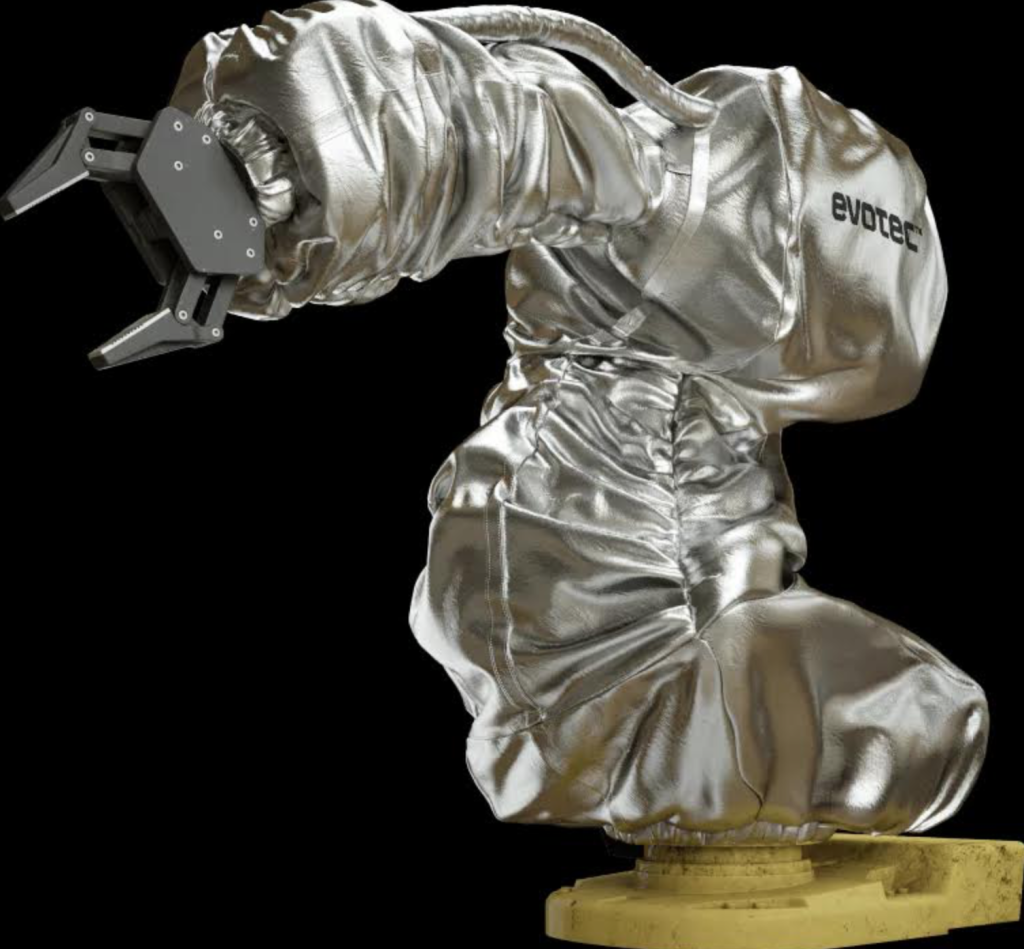
Industrial robots are much superior to humans in performing repeatable tasks in terms of efficiency, results, and consistency. Their ability to operate in risky conditions and perform the same actions again and again without becoming fatigued or losing accuracy makes them ideal for this job. The pace of industrial automation is increasing on a worldwide basis.
What’s the Purpose of Using a Cover for an Industrial Robot?
It is critical to maintain optimal performance of the robot to prevent a single failure to ruin the investment in automation. Using an industrial robot cover lowers the robot’s failure rate (MTTR) and downtime (DUT) while also extending the life of the machine (increased MTBF). Therefore, it is vital to use the proper safeguards against potentially dangerous elements.
Possible Risk Factors
The following is a list of issues that might lead to long-term problems if left unchecked.
Dust
In heavy industry, industrial robots are often exposed to dust and particles. Solid particles or splinters may cause abrasions and blockages that can clog or jam systems and harm the robot. Dust can disrupt the work of sensors, which can result in system shutdown.
Welding Sparks
Welding robots and robots working in foundry processes can be exposed to hot molten metal projections, which accumulate over time, causing buildup of solid mass on the robot arm. If the projections get in the way or limit how far the robot arm can move, it may not be able to work properly.
Heat Damage
Heat Damages can affect the robot by fusing or melting its moving parts after
prolonged exposure. As a result, unprotected electrical cables and electronic components can melt.
The radiant heat generated by the furnace is reflected by a protective cover, which shields the robot from projectiles and radiation. The heat of the molten metal might cause other items around them to melt if they are not protected by a reflecting aluminized shield.
Static Electricity
Static electricity can build up in the robot which results in tiny particles sticking to its surface. This can cause arc flashes and sparks, which are especially dangerous in explosive environments. Protection industrial robots is therefore advisable to ensure that failures do not occur during operation.
Examples of Industrial robots that need protective covers
Machining robots
A very aggressive lubricant is often applied to aid in the removal of the item from the mold. It’s possible to add graphite to these lubricants. In certain processes, graphite may be an abrasive. The cover must shield the robot from the lubricants as well as the radiant heat.
Possible Risk:
- Metal projections, radiant heat from the material, and the oven are all potential hazards.
- Convective heat is generated because of the closeness to the furnace.
- The mold’s lubricant projections
Sandblasting Robot
The long-term protection of sandblasting robots is problematic due to the use of extremely
abrasive materials. Sand and dust particles are very small so they can get inside the machine’s wrists and mechanical parts. This may lead to malfunctions and even total breakdown of the robot. The cover must be constructed of an abrasion-resistant coated fabric since standard fabrics wear out quickly in these circumstances.
Possible Risk:
- Sandblasting dust and abrasive materials used in sandblasting.






